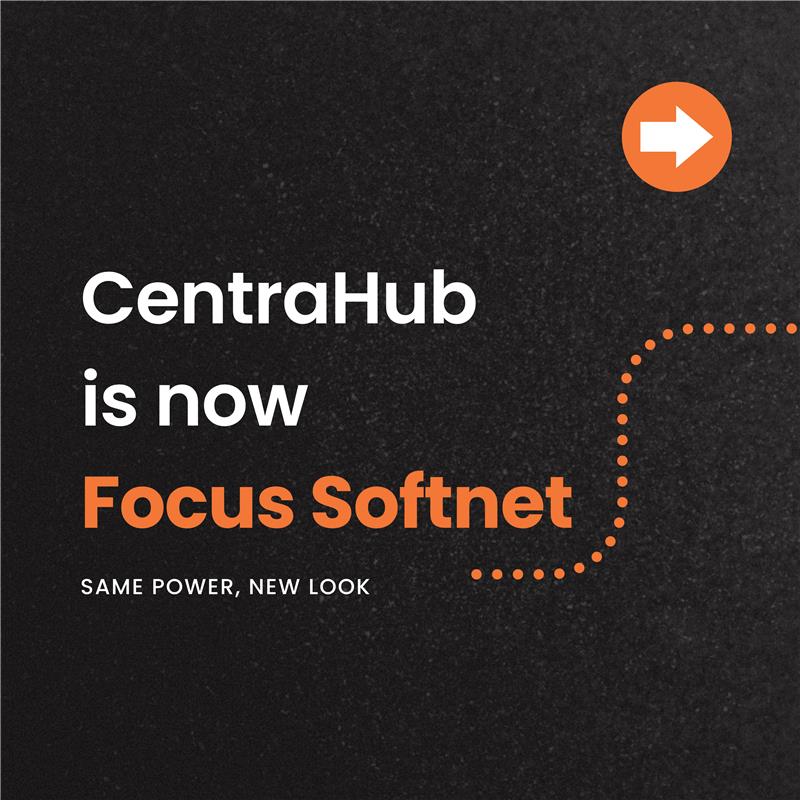

The pursuit of workforce optimization has become a strategic imperative for any organization, irrespective of their scale or industry, aiming to maximize productivity and efficiency. Harnessing the power of analytics, specifically workforce analytical tools, plays a pivotal role in improving overall employee efficiency and achieving the business goal.
Analytics tools for HR management provide invaluable insights into the effectiveness of different recruitment channels, candidate sourcing methods, and the success rate of various selection criteria. Leveraging historical data and predictive analytics, HR teams optimize their recruitment efforts, ensuring the acquisition of top-tier talent that aligns seamlessly with the organization's culture and objectives.
HR analytics tools include employee performance metrics, engagement levels, and skill gap assessments. These insights empower organizations to identify high-potential employees, tailor personalized training programs, and devise strategies aimed at nurturing talent. This approach fosters individual growth and ensures a pipeline of skilled professionals, enhancing retention and organizational resilience.
Analytics tools dedicated to HR enable the measurement and analysis of performance metrics across the workforce. These tools facilitate the identification of key performance indicators (KPIs), the evaluation of individual and team performances, and the recognition of areas for improvement. Insights derived from performance analytics drive initiatives for continuous enhancement of productivity and efficiency.
Formulating data-driven HR strategies involves leveraging analytics insights to align human resources with organizational goals. By analyzing workforce data, HR professionals derive actionable insights to optimize recruitment, succession planning, and diversity initiatives. These strategies leverage quantitative and qualitative data, enabling informed decision-making in talent acquisition, performance management, and employee engagement. Data-driven HR strategies foster a culture of agility, enabling organizations to adapt swiftly to changing market dynamics. This approach ensures HR initiatives resonate with business objectives, driving organizational growth and establishing a competitive edge in attracting, retaining, and developing top talent.
Enhancing decision-making through analytics involves leveraging data-driven insights to inform and improve decision-making. By analyzing comprehensive datasets derived from workforce analytics tools, organizations gain clarity on trends, patterns, and performance indicators, empowering leaders to make informed, proactive decisions. These insights facilitate strategic resource allocation, effective HR policies, and optimized talent management strategies. Incorporating analytics-driven decision-making fosters agility, minimizes risks, and ensures alignment between organizational goals and actions, ultimately leading to more efficient and impactful decision-making processes across various facets of workforce optimization and organizational management.
Fine-tuning talent acquisition involves meticulous analysis of recruitment data to optimize sourcing channels, refine candidate evaluation methods, and cultivate strategies to attract top talent. Leveraging insights from workforce analytics tools; HR teams can discern trends in candidate success, tailor recruitment approaches to target ideal prospects, and create compelling employer branding. This iterative process empowers organizations to adjust recruitment tactics swiftly, addressing retention challenges and fostering an environment that resonates with potential hires, ensuring a seamless alignment between organizational culture and the talent acquired, ultimately contributing to sustained growth and competitiveness in the market.
Analytics tools have revolutionized how organizations perceive and manage their workforce. By harnessing the power of workforce and HR analytics, organizations can optimize all HR processes and policies. These tools are instrumental in unlocking the full potential of the workforce, ensuring sustained growth of the business.